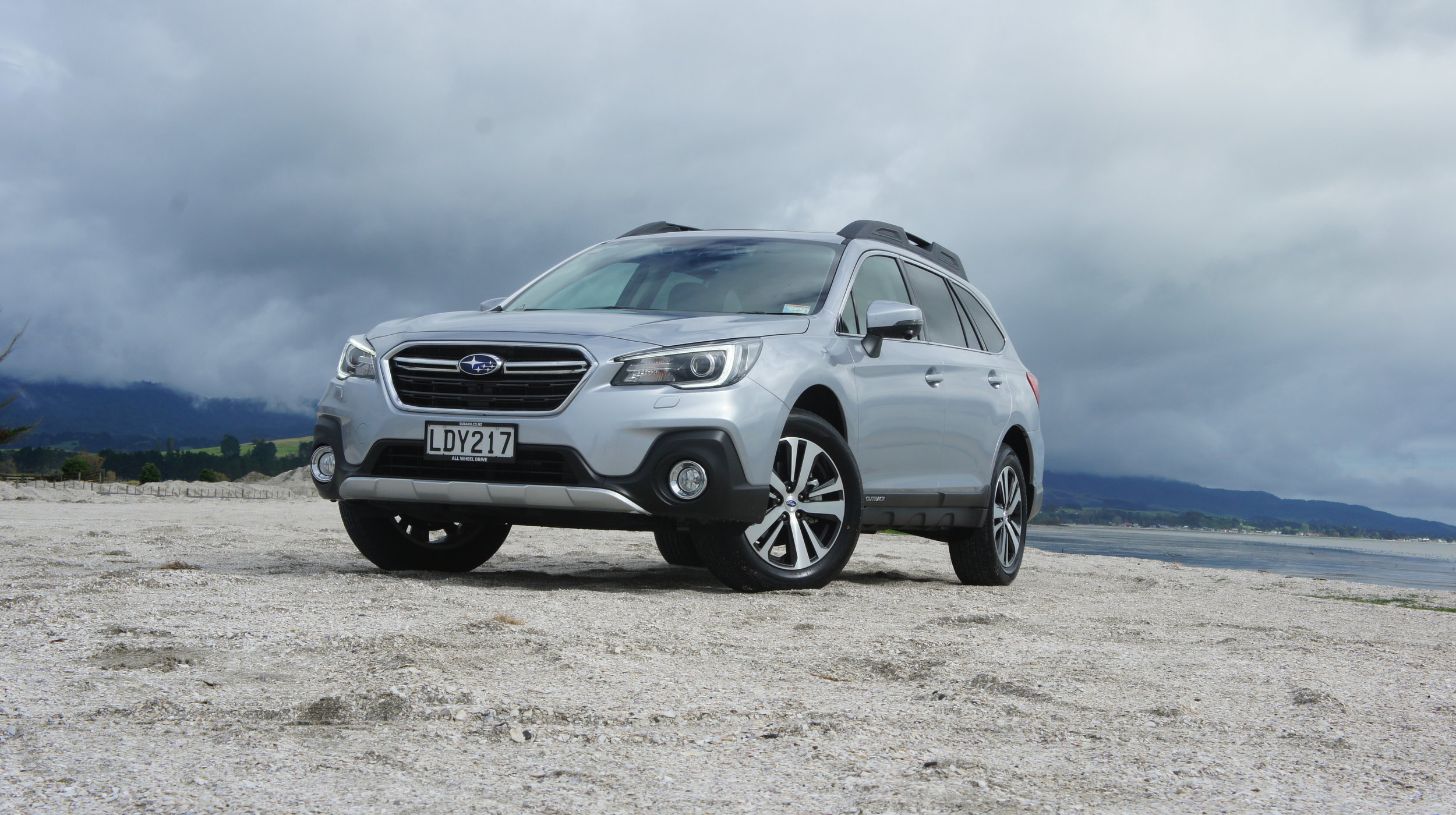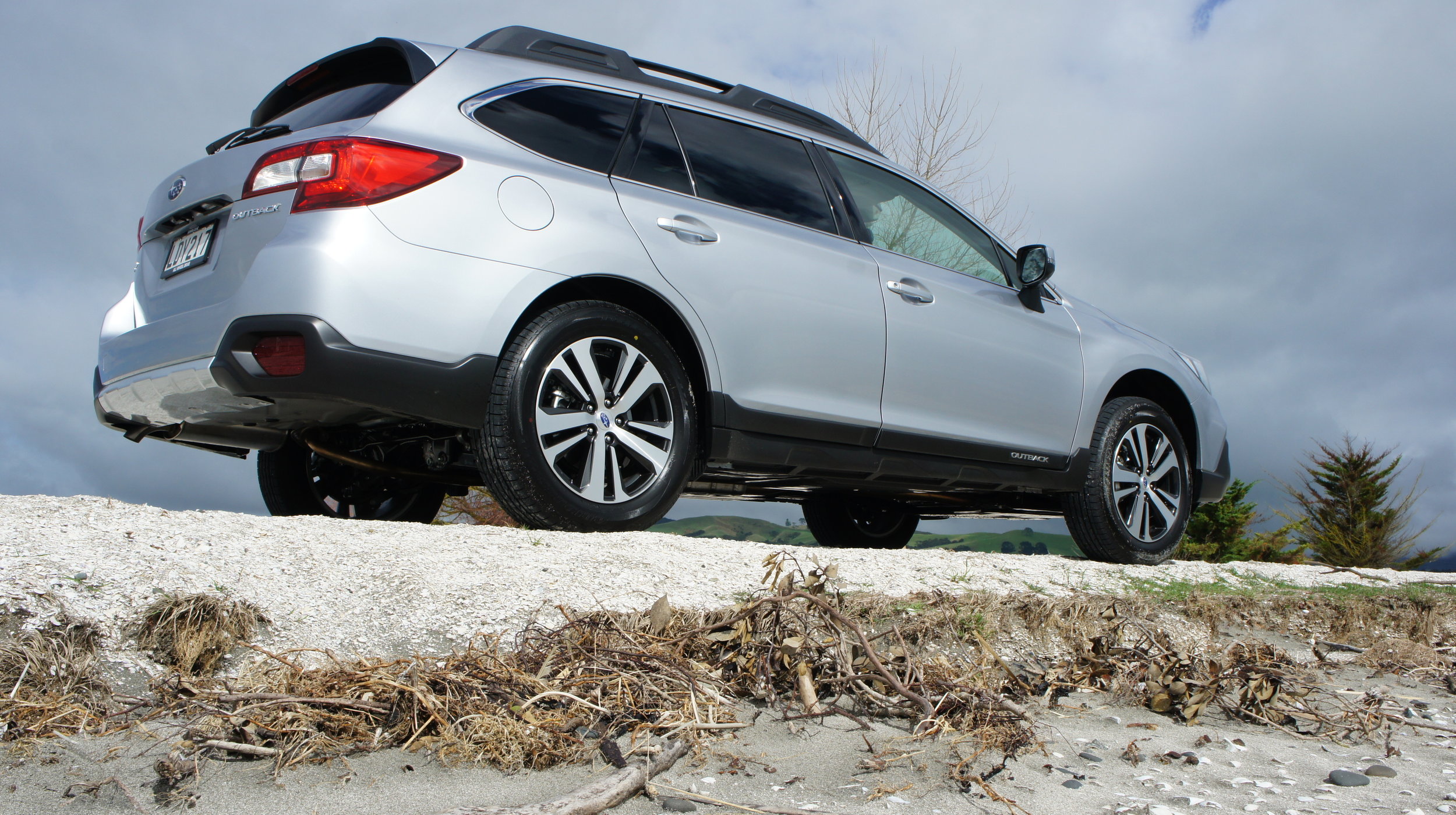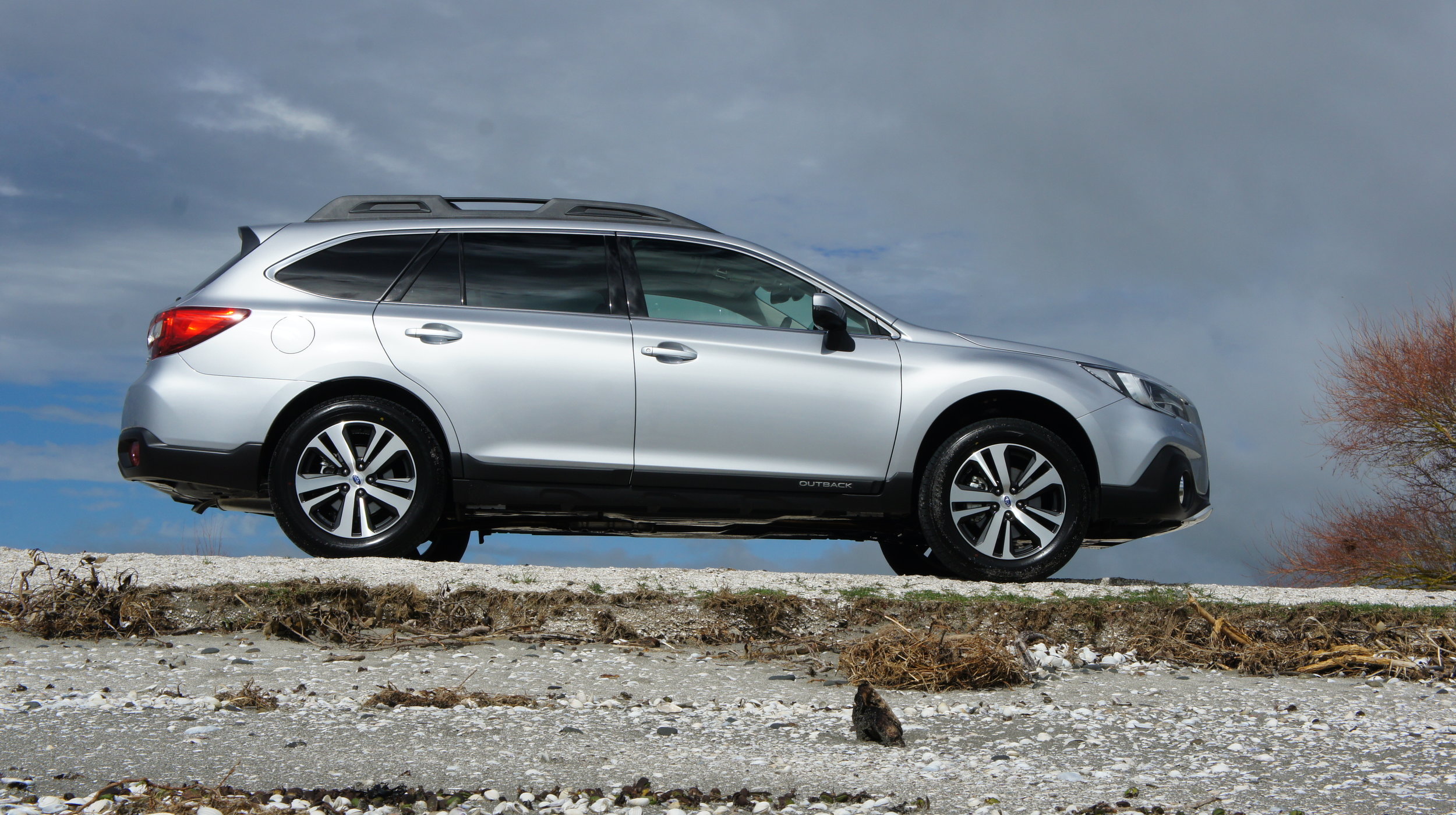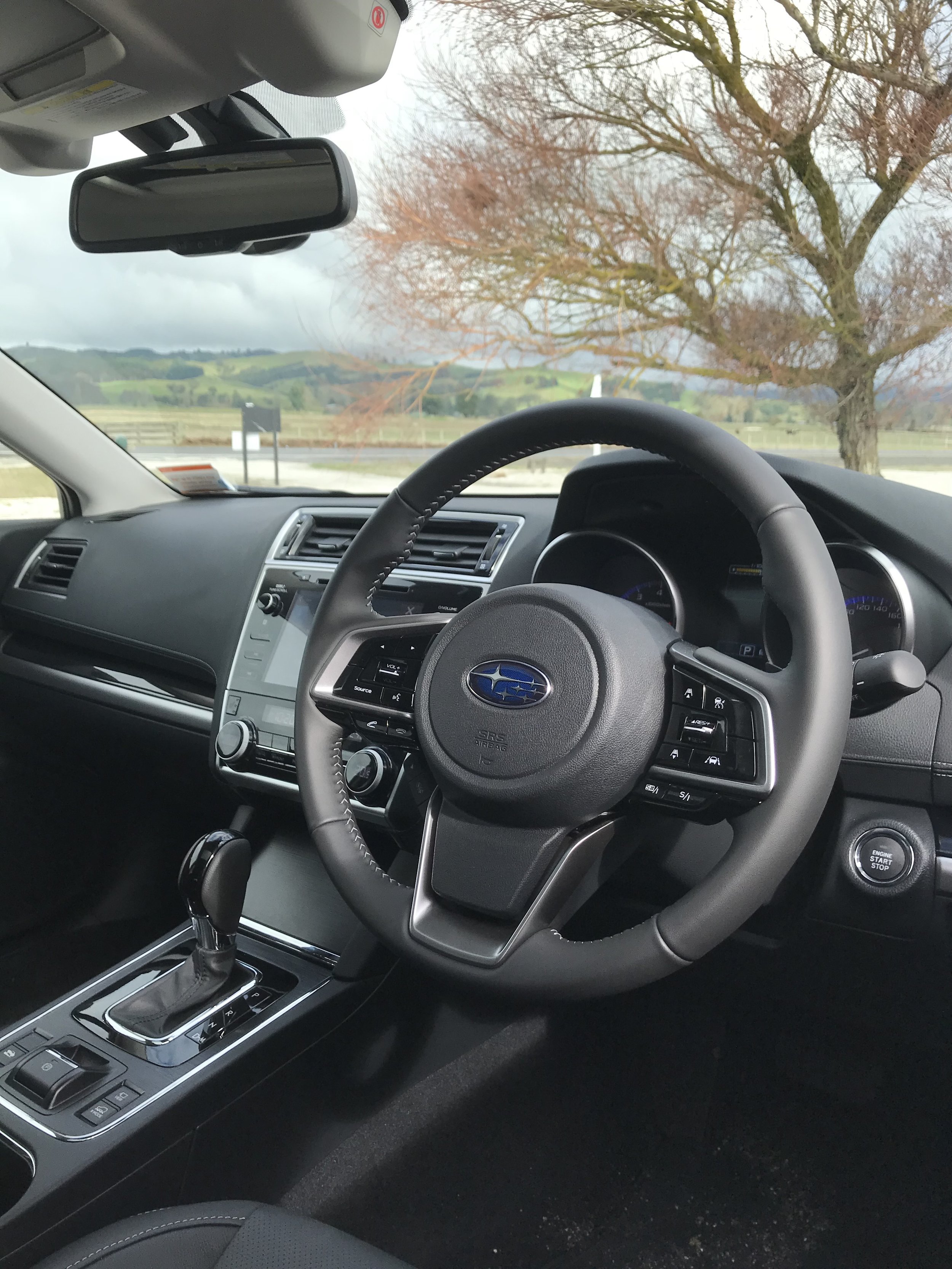Outback update - more kit, no extra cash
/Three years into its life cycle, the Subaru Kiwis love most – the Outback sports utility - has received a mid-life refresh.




AN UPDATE that provides the biggest Subaru sports utility wagon here with key technologies and safety assists that have already gone to the Impreza and XV should keep those models at bay in respect to in-house sales supremacy.
The smaller models are on a big volume ascendancy – XV sales last month, for instance, being four times those for January of 2017.
However, Subaru New Zealand’s high-ups say that won’t worry the Outback, whose current generation has struck such a huge chord with Kiwis it commanded the biggest single slice of the Subaru sales pie last year, with almost 1500 registrations providing a 44 percent share. XV is next, with 33 percent favourability.
Outback is expected to continue being the kingpin. Not just because now that it has a stronger specification with no price alteration (so the 2.5 Sport, 2.5 Premium and 3.6 Premium respectively continue at $44,990, $49,990 and $59,990) but also because it simply conforms so well to New Zealand tastes, Subaru of New Zealand boss Wal Dumper suggested at a media preview today. The bodyshape that we have now has achieved three times the sales imprint of its predecessor.
“Outback has in the past had even higher share than it gets now – this generation initially accounted for up to 50 percent of our total volume, but we think where it is now, around 44 percent, is where it will be now and perhaps for a long time yet. It just keep doing a great job for us.”
Subaru ran hot in 2017, achieving 3343 registrations, 684 more than in 2016.
This achievement came in a growing market in which the greater proportion of competing brands also registered growth, and also represented a sixth consecutive year of growth, yet Subaru’s performance in pure percentage terms was still well above the industry average, which has been determined to be about nine percent up on 2016, also a record year.
What’s the forecast for 2018? Dumper says it all comes down to how many cars the factory can supply.
“We’d like to sell 4000 cars or more, but it all comes down to how many we get. We could have sold that many last year if we could have got them.”
In respect to the market in total, his thinking was that the new car market might achieve 160,000 units by end of December, basically on par with the 2017 tally.
However, trends will continue to change. “There will be more SUVs sold, and less passenger cars. There will be more utes sold, and less passenger cars.”
His brand has started off the year positively, with 341 registrations – an all-time high count for that month. However, now it has hiccupped with a shipping issue that might delay the next stock arrival by up to three weeks.
SNZ’s push this year will be bolstered by the arrival, in July, of the new-generation Forester, the last Subaru to shift to a new-era platform that underpins all the other products sold here.
Outback, meantime, has gone back to its four- and six-cylinder petrol engines, all wholly matched to the Lineartronic CVT.
There’s been no changes to the engine output, but tweaks have been made to Lineartronic to lend slightly better economy and improved ‘shift’ feel. The Spoirt now has seven change points. The suspension has been retuned to reduce body roll, but it’s not a radical revision by any means. A first drive south of Auckland today reinforced that the car still retains its famously compliant, laidback ride quality.
Styling changes include a redesigned front bumper, grille, LED headlights incorporating LED daytime running lights, and alloy wheel designs. Exterior mirrors now sit on stems 20mm shorter than before for improved aerodynamics and reduced noise.
Safety-wise, the Outback’s major improvement is the arrival of the company’s signature EyeSight in its third-generation guise that adds lane-keep assist. Premium variants also get front- and side-view cameras this time around.
The Premium variants also take steering-responsive headlights with adaptive beam functionality, so they’ll automatically dip and activate high beam to avoid dazzling oncoming traffic.
Connectivity has been improved with the addition of Apple CarPlay and Android Auto on a new-look touchscreen audio unit; a six-inch unit in the base car and an eight-inch in the Premiums. It’s the latest-generation Subaru system we’ve seen in the the Impreza and XV and has a smarter look, with gloss black panel surrounds and a silver frame, and much clearer graphics.
The Premium models now use TomTom sat nav with an improved format over the old system – there’s also the CarPlay option for those who don’t mind using their phone data.
The steering wheel, air-conditioning control panel and vents all have been updated, while the dash covering gains premium-look stitching and there’s more gloss plastic now, notably on the window switch surrounds.
There still some hard plastics in the cabin but they’re down in out of sight places. The spring-loaded cover for the central oddments cubby under the touchscreen has been redesigned, so seems less likely to stick in its ‘locked’ position – a major bugbear of the pre-facelift car.
The updates also come to the Legacy, which now represents in $49,990 2.5i Premium and $54,990 3.6RS formats, with the entry Sport having been dropped.
Even though the sedan market has been hardest hit by the consumer abdication to crossovers and SUVs, Dumper says there is still potential there, particularly now that the Australian-made six- and eight-cylinder Commodore and Falcon are gone.
He says Legacy achieved more than 100 sales last year, whereas the year before it had registered just 50.
But he acknowledges this is a niche, now, with the Legacy now competing with fewer and more diverse cars, from the Skoda Superb, Honda Accord, Hyundai i40 and Kia Stinger to the Koreans’ full-blown Genesis luxury model.
















